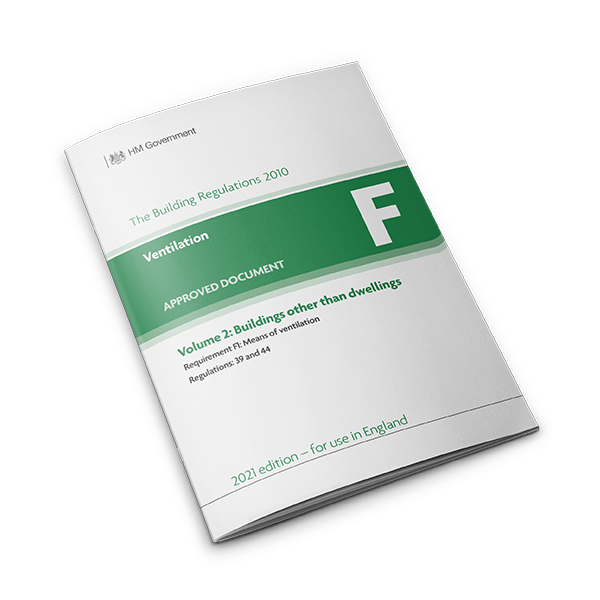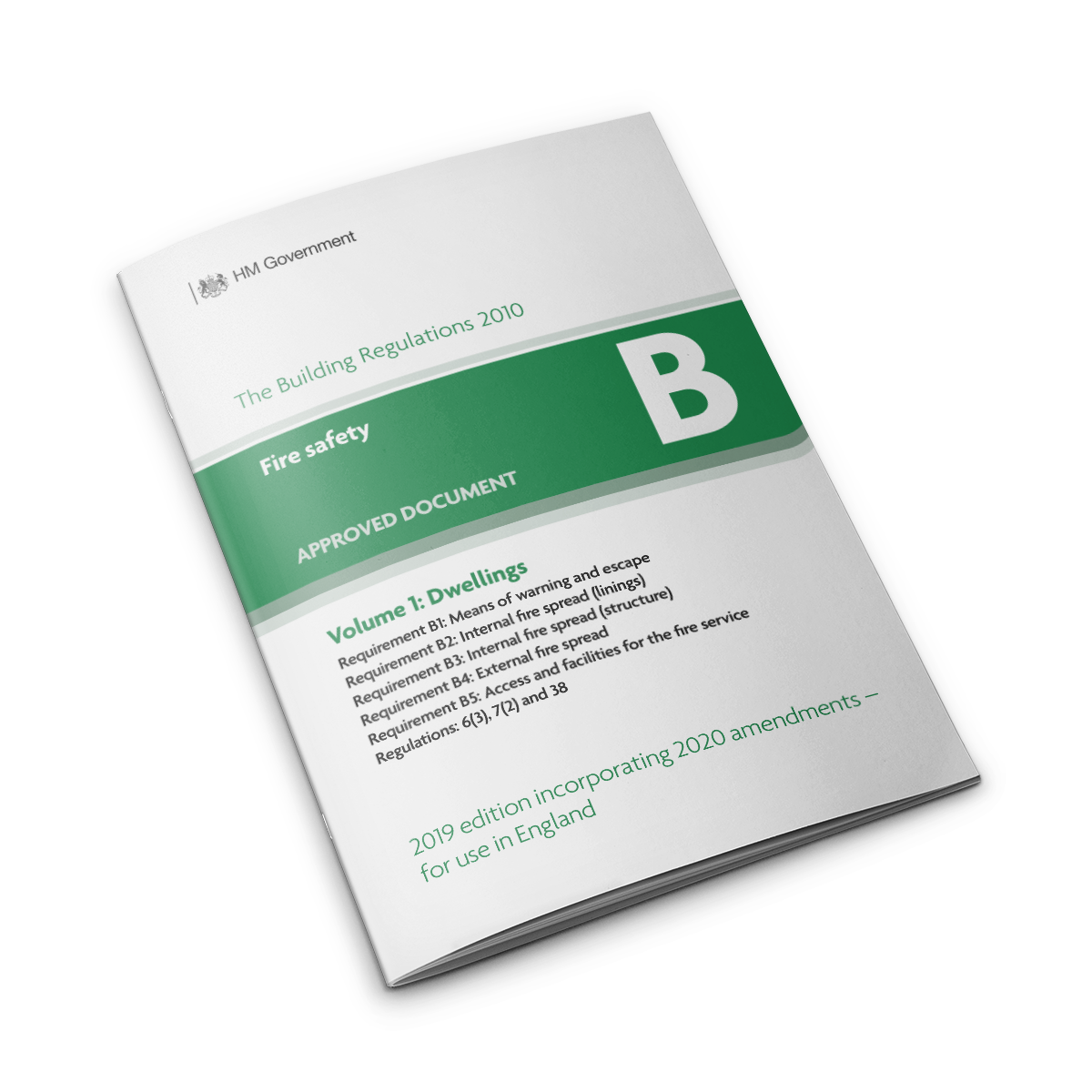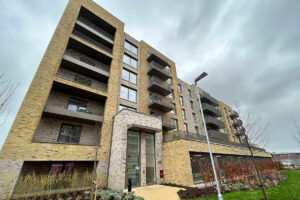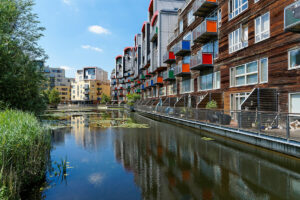Car Park Ventilation
The Main Purpose of the System.
Car park ventilation needs to provide both day-to-day air quality ventilation as well as deliver emergency smoke clearance in the event of a fire.
A major threat to life in enclosed spaces is smoke. Alongside the additional day-to-day environmental ventilation requirements, enclosed car parks pose a significant challenge to achieve compliance and ensure occupant safety.
It’s crucial to implement an adequate system that will remove smoke quickly and efficiently in the event of a fire.
System Types
FDS Contracting are the experts in the design and installation of both commercial and residential Car Park Ventilation Systems.
Car park venting systems are required to exhaust pollutants produced by vehicles and, in the event of a fire, clear smoke to assist the fire service. Depending on the type of car park, there are a variety of appropriate ventilation systems.
Our full smoke ventilation systems provide safe escape routes and increased access for firefighters. They offer a smoke-free approach to within at least 10m of the seat of the fire – as recognised by the relevant British Standard (BS 7346-7) relating to covered car parks for an enhanced firefighting system.
Natural
This type of system is most commonly found in above-ground car parks. These systems utilise natural airflow to help reduce pollutants to an acceptable level.
Hybrid
When natural smoke ventilation cannot be implemented, impulse or induction fans can be used in addition to the natural openings to improve the cross-flow of air.
Mechanical
Mechanical Systems provide the greatest level of performance for both smoke removal and carbon monoxide (CO) clearance and are required for enclosed car parks.
Speak to one of our experts today
Specific Challenges of Enclosed Car Parks
Enclosed car parks present a particular challenge in terms of ventilation, not only in the event of a fire but also in day-to-day exhaust fumes.
Fire and Smoke Safty
The aim of the car park smoke control system is to provide a safe escape and that firefighting access is achievable, providing a smoke-free approach to within at least 10m of the seat of the fire.
This is required by the British Standard BS 7346-7 relating to covered car parks for an enhanced firefighting system. To meet the required standards for smoke extraction, mechanical car park systems must achieve at least 10 air changes per hour (ACH).
In full smoke exhaust mode, the system utilises both the impulse or induction fan and the main exhaust fan to efficiently clear the smoke.
Environmental Ventilation
By using Carbon Monoxide (CO) detectors, the Mechanical Smoke Ventilation System automatically activates when CO levels rise above a pre-set limit to ensure a concentration of 30 parts per million (ppm) over an eight-hour period, as set by Approved Document F, is not exceeded.
Using CO monitoring and a stepped control algorithm, we ensure there is sufficient air extraction to ensure the effective removal of day-to-day pollutants while maintaining maximum energy efficiency.
The speed of the main extraction fans will vary based on the levels of CO detected. Between 30ppm to 49ppm, air will move throughout the car park at an exchange rate of three air changes per hour. Over 50ppm the exchange rate will increase to six air changes per hour.
Building Regulations
Approved Documents offer guidance about compliance with specific aspects of building regulations in some of the most common building situations. They set out what, in ordinary circumstances, may be accepted as reasonable provision for compliance with the relevant requirements of building regulation to which they refer.
FDS Contracting boasts an in-depth understanding of the requirements of both Approved Document B (Fire Safety) and Approved Document F (Ventilation) meaning that we can deliver peace of mind that the chosen solution will fully comply with all legislation.
Approved Document B
(Fire Safety)
AD B offers the best practicable and proportional guidance for the fire safety and fire protection of buildings which are above or contain, enclosed car parks.
AD B outlines the general principles to restrict fire spread within car parks and recommends that the fire load is well defined and that the car park is well ventilated. Ventilation is the most important factor; increased ventilation reduces the risk of fire spreading from one storey to another.
Approved Document F Volume 2 (Ventilation)
Lastly, updated in 2021, AD F vol 2 includes standards for air quality and ventilation for buildings other than dwellings. It also covers requirements for the prevention of condensation.
CFD Modelling
Our aim with car park ventilation is to provide the most cost-effective solution tailored to the type of car park, the layout of the car park and any additional fire legislation that may be in force over and above the basic code standards.
Thanks to our understanding of fire legislation, research into real fire data and modelling of pollution control. We can design systems to reduce costs or remove unnecessary high-cost elements, such as sprinklers.
Computational Fluid Dynamics Modelling undertaken by a fire engineering firm will help provide appropriate recommendations for a car park design, ensuring that all regulations are met whilst rationalising design. This provides maximum safety and cost efficiency for the project.
Guidance Legislation

Approved Document F
Volume 2: Building and other Dwellings
Requirement F1: Means of Ventilation

Approved Document B
The Building Regulations 2010:
Fire Safety Approved Document B Vol 1: Dwellings
Relevant Case Studies

FDS Install Smoke Ventilation System at Cheshunt Lakeside 1a
FDS has recently completed works at Cheshunt Lakeside 1a for M Toner Plumbing & Heating Ltd. FDS was appointed as the smoke venting contractor to

FDS Install Smoke Ventilation System at Greenwich Millennium Village
FDS has recently worked alongside long time client, Kane Group to design, install and commission both a Smoke Ventilation System and Corridor Environmental System at

Tesco Contract Win for FDS
Tesco Contract Win for FDS FDS has won the fire safety design and installation contract for the new Tesco mixed-use scheme in Woolwich. The large-scale,
Speak to one of our experts today
